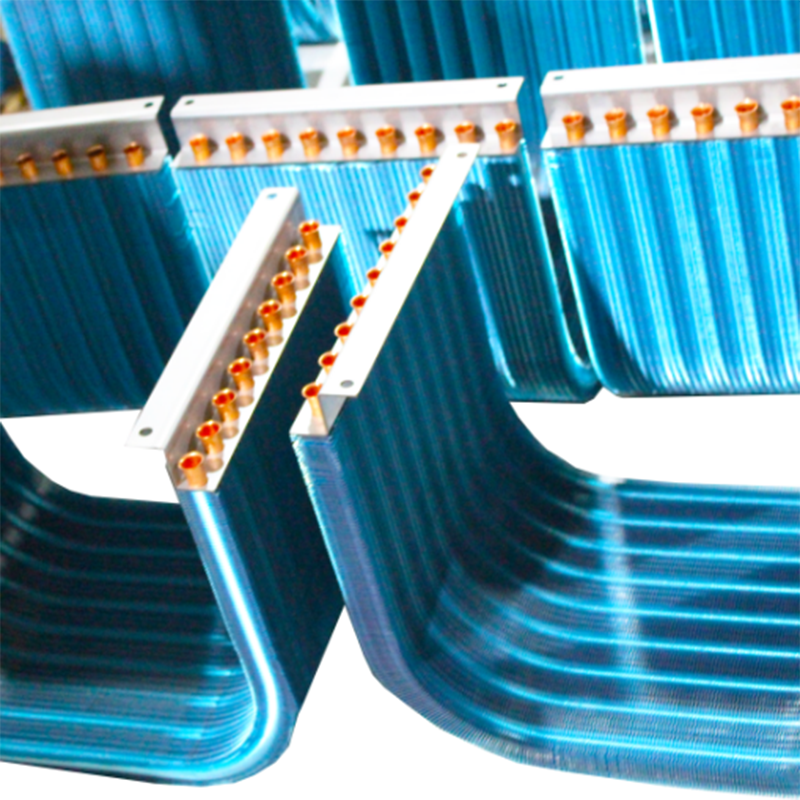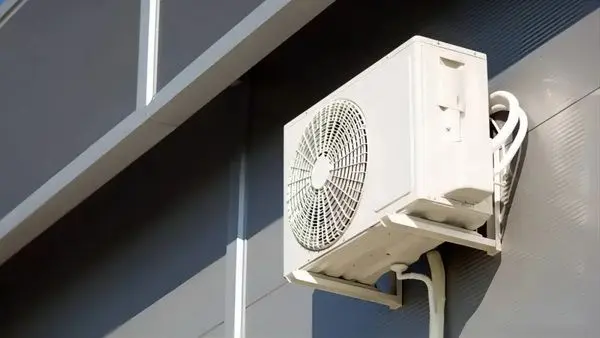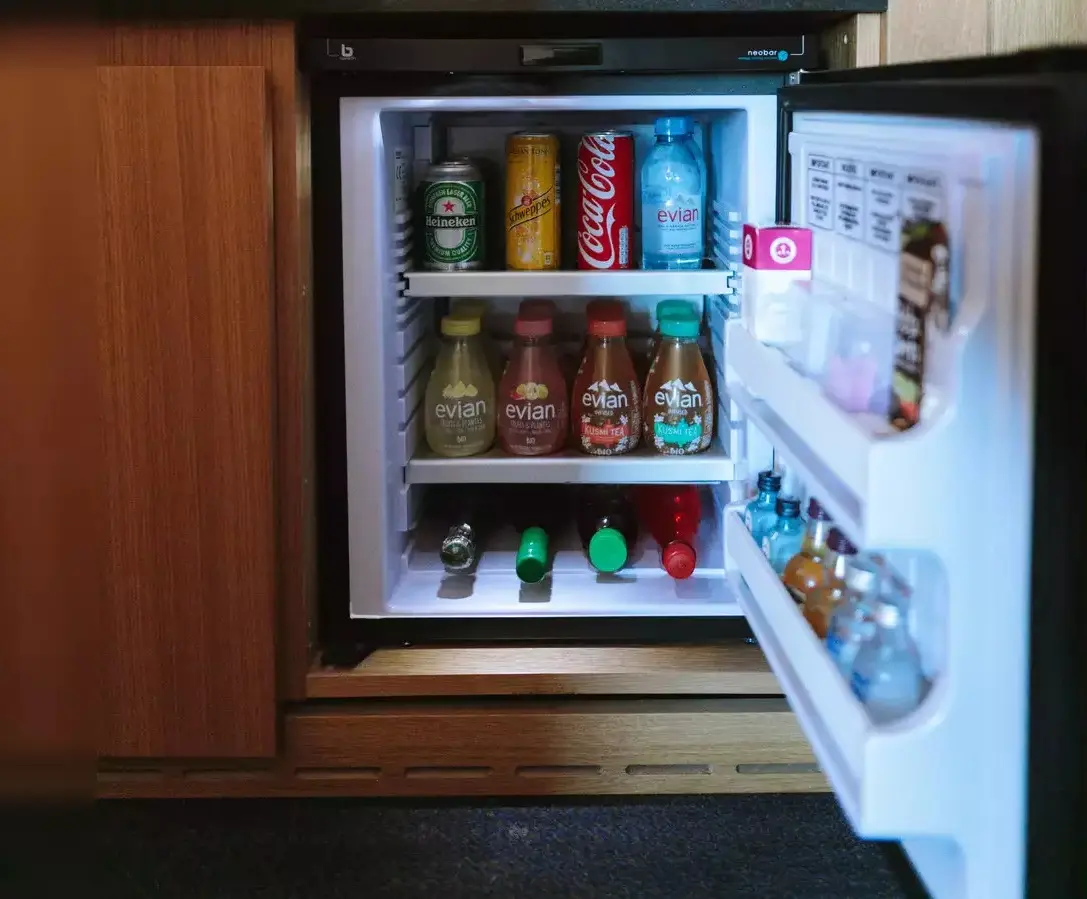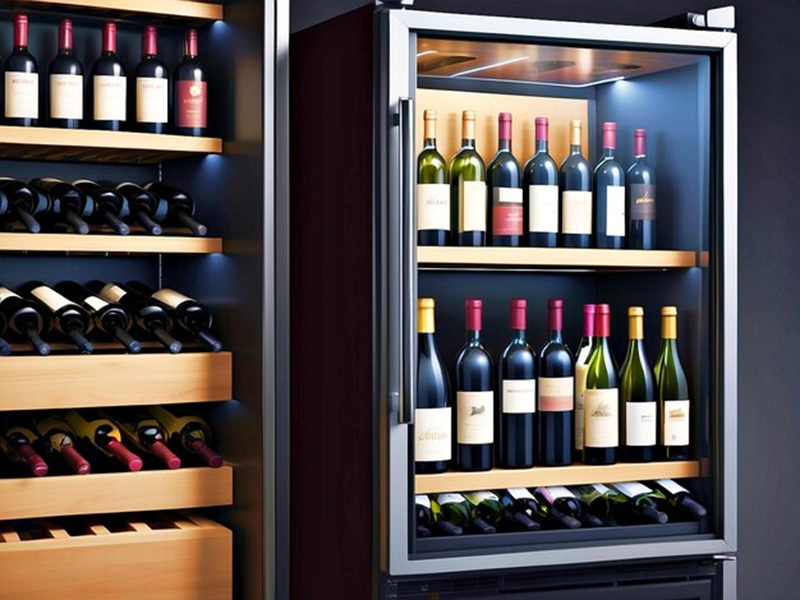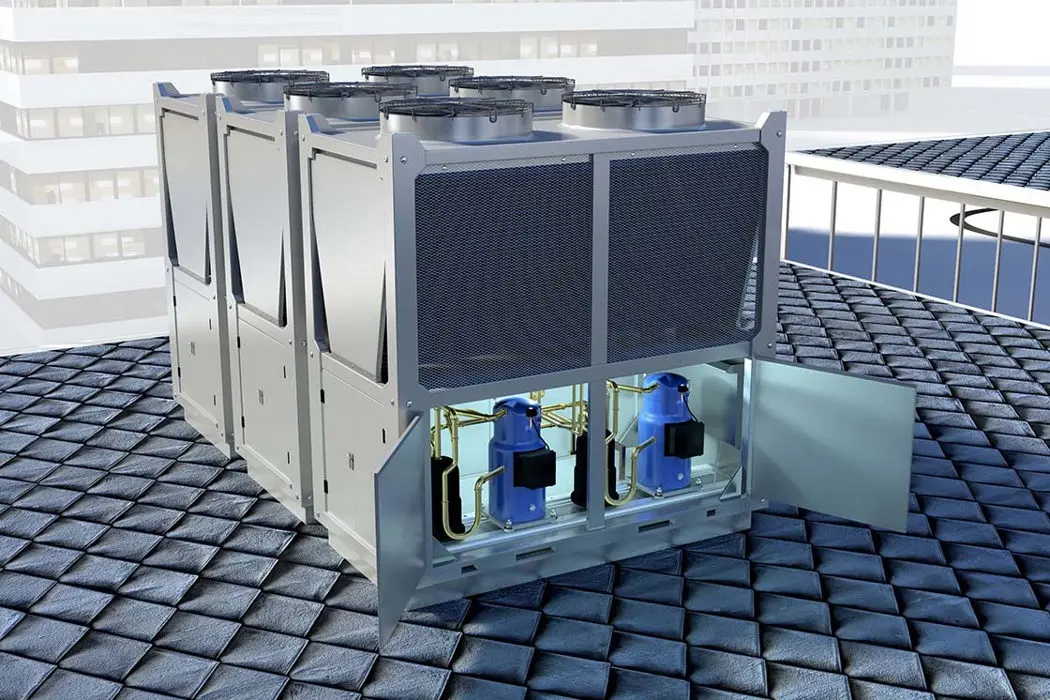Does A New Air Conditioner Condenser Come Charged with Refrigerant
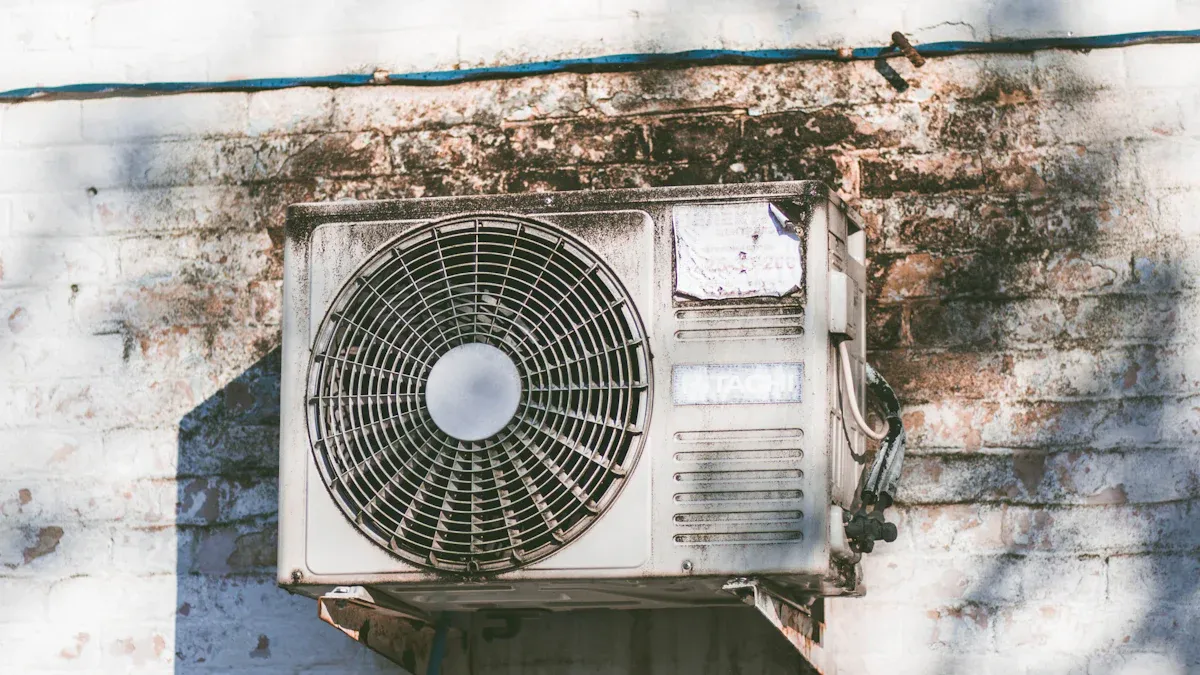
Most manufacturers ship new air conditioner condensers pre-charged with refrigerant. This initial charge supports standard installations. Longer refrigerant lines or unique site conditions may require more refrigerant. Only licensed professionals should handle refrigerant for safety. Many Cooling Systems, including those usingWire Tube Condenser technology, rely on precise refrigerant levels.
Key Takeaways
- Most new air conditioner condensers come pre-charged with refrigerant to ensure efficient operation during standard installations.
- Proper refrigerant levels are essential for system performance, energy savings, and preventing costly repairs.
- Only certified professionals should handle refrigerant to guarantee safety, legal compliance, and maintain system warranties.
How New AC Condensers Are Charged
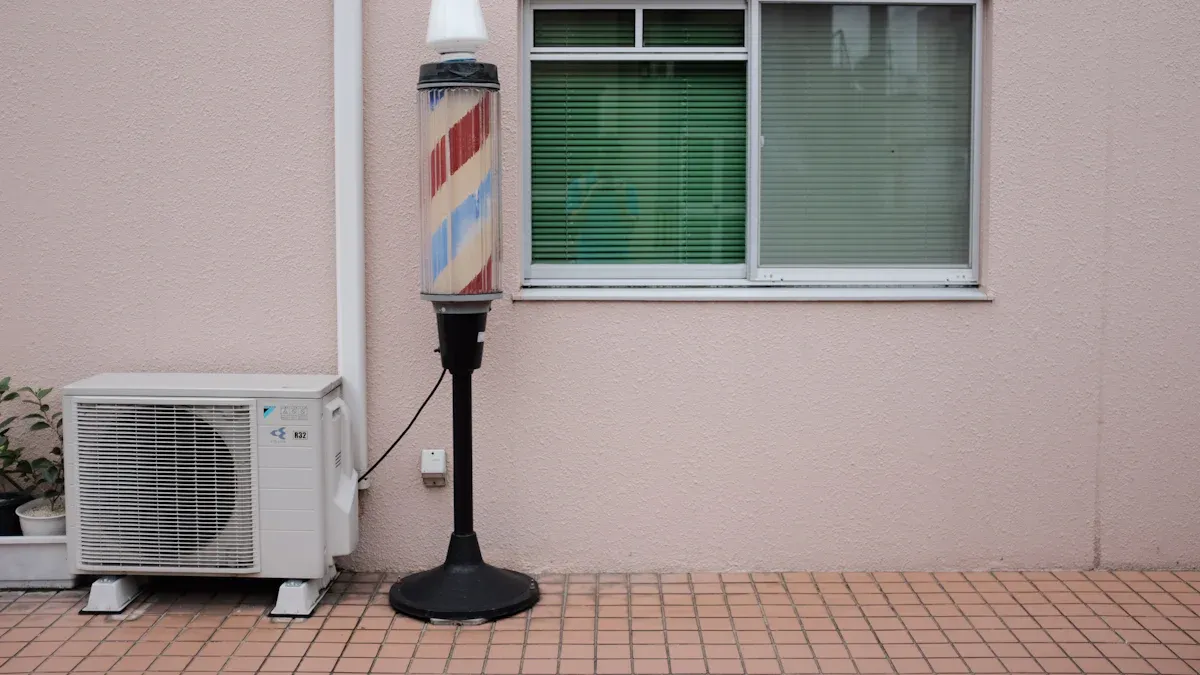
Factory-Charged for Standard Installations
Manufacturers typically ship new air conditioner condenserspre-charged with refrigerant. This practice streamlines installation and ensures that most standard systems operate efficiently right out of the box. Industry guidance identifies these as "packaged" or stand-alone units, ranging from small vending machines to large rooftop systems. These units arrive from the factory with the correct amount of refrigerant for typical installations, which supports consistent performance and reliability. Nameplate charge amounts, often displayed on the unit, provide clear reference for installers. This approach reflects a widely accepted industry standard, making factory charging a routine part of modern air conditioning manufacturing.
Tip: Always check the nameplate on the condenser for the specified refrigerant charge before installation.
When Additional Refrigerant Is Needed
Some installations require more than the factory-provided refrigerant charge. Factors such as longer refrigerant line sets, larger indoor coils, or unique site conditions can create a need for additional refrigerant. Industry standards, including ASHRAE Standards 15 and 34, guide professionals in determining safe and effective refrigerant charge sizes. These standards address safety classifications, concentration limits, and procedures for proper system design and operation. Installers must consider the volume of the space served, the type of refrigerant used, and the system’s configuration to ensure compliance and safety.
- Leak detection sensors in air handler units can activate fans to reduce refrigerant concentration.
- Shut-off valves triggered by leak sensors help limit refrigerant loss.
- For systems without leak detection, installers must size the refrigerant charge so that leaks do not exceed safe concentration limits in small spaces.
- Permanent labels indicating refrigerant weight are required for documentation.
- Enhanced testing of refrigerant lines and control of refrigerant concentration below flammability limits are primary safety measures.
Installers also use empirical calculations based on room volume and refrigerant properties to determine if extra refrigerant is necessary. These calculations ensure that the system remains within safe operational parameters and complies with all relevant codes.
Why Proper Refrigerant Levels Matter
Maintaining the correct refrigerant level is crucial for both performance and safety. When an air conditioning system operates with too little refrigerant, it must work harder to achieve the desired cooling effect. This increased workload leads to higher energy consumption, greater wear on components, and a higher risk of system failure. Regular checks and maintenance help prevent these issues and extend the lifespan of the equipment.
| Metric | Impact of 25% Refrigerant Undercharge |
|---|---|
| Capacity degradation | ~20% reduction |
| Energy efficiency (COP) reduction | ~15% reduction |
| Seasonal Energy Efficiency Ratio (SEER) penalty | ~16% reduction |
| Annual operating cost increase | ~$100 per ton of capacity |
These figures highlight the importance of accurate refrigerant charging. Improper levels can cause significant drops in cooling capacity and efficiency, resulting in higher energy bills and increased repair costs. For homeowners and businesses, maintaining proper refrigerant levels ensures comfort, cost savings, and reliable operation throughout the cooling season.
Types of Air Conditioner Units and Wire Tube Condenser Technology
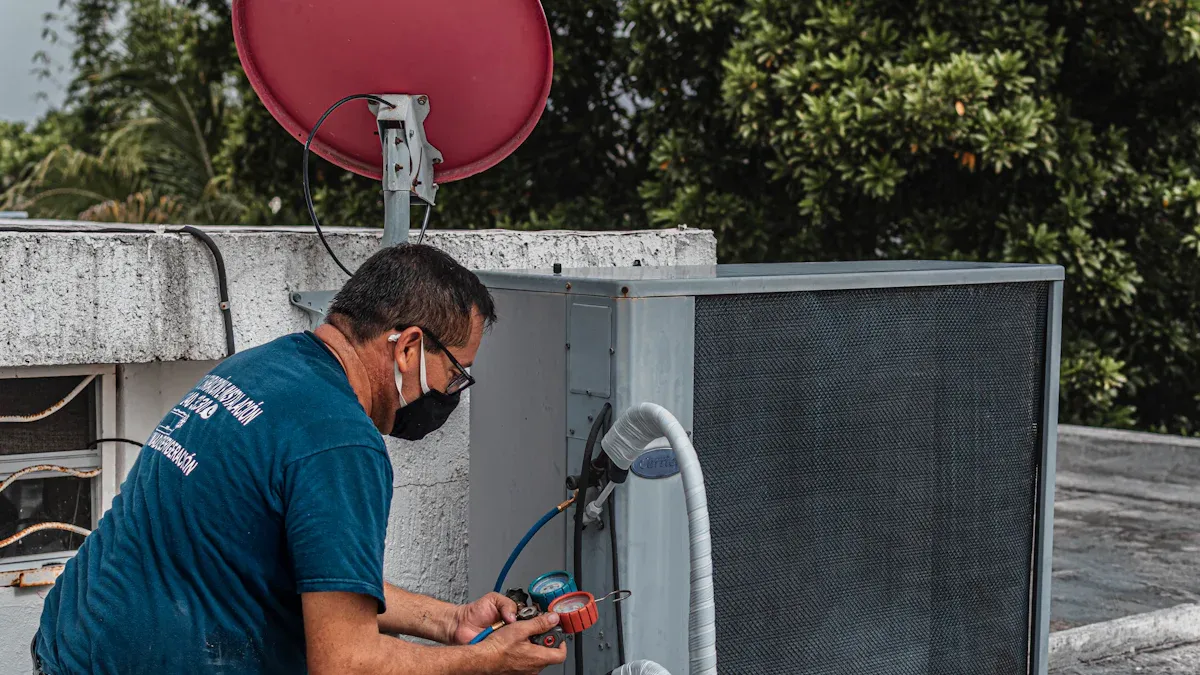
Split System Condensers
Split system condensers remain a popular choice for residential and light commercial cooling. These systems separate the indoor evaporator from the outdoor condenser, allowing flexible installation. Proper placement of the condenser, such as in shaded areas, reduces radiant heat and improves efficiency. Regular maintenance and correct installation help maintain energy efficiency, lower electricity bills, and extend the unit’s lifespan. Technicians recommend preventive care to catch minor issues early, which reduces repair costs and ensures stable cooling performance.
Package Units
Package air conditioners combine all components—compressor, condenser, and evaporator—into a single cabinet. This design simplifies installation and suits both commercial and residential applications. The table below compares package units to other types:
| Category | Key Insights |
|---|---|
| Market Share (2023) | Package air conditioners held the largest revenue share at 37.1%. |
| Advantages | Versatility, efficiency, ease of installation. |
| Technology Trends | Inverter technology growth improves energy efficiency. |
| End-Use Segments | Package units serve residential, commercial, and industrial sectors. |
Package units often use wire tube condenser technology for reliable heat exchange and durability in demanding environments.
Window and Portable Units
Window and portable air conditioners offer flexible cooling for small spaces. Recent trends include smart features, such as Wi-Fi control and AI-driven energy optimization. Manufacturers focus on eco-friendly refrigerants and energy efficiency. Consumers appreciate these units for their easy installation and personal comfort. However, these systems face challenges like limited cooling capacity and higher noise levels compared to larger systems.
- Integration of smart technology enhances user experience.
- Market growth is driven by urbanization and demand for energy-efficient solutions.
Wire Tube Condenser Applications
Wire tube condenser technology plays a vital role in many cooling systems. Tubes wound with wire increase surface area, which boosts heat exchange efficiency. This technology appears in refrigerators, freezers, display cabinets, and HVAC systems. Companies like senjun lead the industry by developing advanced wire tube condensers for industrial, commercial, and residential use. These condensers handle high-pressure refrigerants and offer durability and high efficiency. Both air-cooled and water-cooled wire tube condensers serve different needs. Air-cooled models provide simplicity and lower cost, while water-cooled types deliver higher efficiency in large-scale or hot environments. Preventive maintenance, including regular inspections and cleaning, ensures optimal performance and safety.
Refrigerant Types, Installation, and Professional Help
Common Refrigerants Used Today
Modern air conditioning systems rely on advanced refrigerants for efficiency and safety. The industry has shifted from older CFCs and HCFCs, such as R-22, to more environmentally friendly options. Today, the most common refrigerants include:
- R-134a, widely used in residential and commercial cooling.
- R-410A, a blend that offers high efficiency and low ozone depletion.
- R-32 and R-125, which provide improved performance and lower global warming potential.
Regulatory standards, such as ANSI/ASHRAE Standard 15 and 34, classify refrigerants by toxicity and flammability. These standards help guide safe usage and set charge limits for different applications. International agreements like the Montreal Protocol and EU F-gas regulations also influence which refrigerants manufacturers select for new systems.
Who Can Add or Adjust Refrigerant?
Only certified professionals may handle refrigerants in air conditioning systems. Section 608 technician certification is mandatory for anyone adding, removing, or adjusting refrigerant. This requirement applies to all types of equipment, including mini-splits and systems using Wire Tube Condenser technology. Apprentices may assist under supervision, but they must register and follow strict guidelines. Certification cards are necessary for purchasing refrigerant, and selling to uncertified individuals is not allowed.
Note: EPA Section 608 certification covers all refrigerant types based on appliance category, ensuring technicians meet safety and environmental standards.
Why Professional Installation Is Important
Professional installation ensures safe and efficient operation of air conditioning systems. Certified technicians receive training in refrigerant properties, leak detection, recovery, and disposal. They follow emergency protocols and use personal protective equipment to prevent accidents. Ongoing education keeps them updated on new refrigerant technologies and regulations. Key regulations, such as the EPA's Clean Air Act and the Montreal Protocol, require proper handling, leak prevention, and responsible disposal. Certified professionals help maintain system efficiency and protect the environment by following these standards.
About senjun and Their Expertise in Wire Tube Condensers
Ningbo Senjun New Materials Co., Ltd. stands out in the field of Wire Tube Condenser technology. The company specializes in research, development, and production of wire tube condensers and copper aluminum fin heat exchangers. Senjun’s products serve a wide range of applications, including refrigerators, freezers, water dispensers, display cabinets, wine cabinets, medical refrigerators, ice makers, and dehumidifiers. Their expertise covers various industries, from food preservation to medical refrigeration and automotive cooling.
| Application Area | Structure & Material | Performance Highlights |
|---|---|---|
| Water Dispensers | Bundy tube with welded steel wires | Durable, corrosion-resistant, long-lasting |
| Vaccine Medicine Refrigerators | Monolayer Bundy tube design | Reliable for sensitive medical storage |
| Industrial CO2 Condensers | Air cooling hood, advanced design | High efficiency, robust for industrial use |
| Food Display Cabinets | 3-layer foldable, customizable | Flexible, meets diverse customer needs |
Senjun uses copper-coated Bundy tubes and advanced welding techniques to enhance heat transfer and structural stability. Their surface treatments, such as cathodic electrophoresis, provide excellent corrosion resistance, as proven by rigorous salt spray testing. Senjun’s ability to customize products for specific requirements demonstrates their technical strength and adaptability in the Wire Tube Condenser market.
- Most new air conditioner condensers arrive pre-charged with refrigerant, supporting efficient operation when installed correctly.
- The type of unit, refrigerant line length, and installation details can affect the need for extra refrigerant.
- Certified professionals ensure safe, legal refrigerant handling and protect system warranties.
- For advanced wire tube condenser solutions, senjun delivers reliable, industry-leading products.
FAQ
Does every new air conditioner condenser come fully charged with refrigerant?
Most new condensers arrive pre-charged for standard installations. Installers may need to add refrigerant for longer line sets or unique system requirements.
Note: Always verify the charge amount on the unit’s nameplate.
Can homeowners add refrigerant to their air conditioner themselves?
Only certified professionals can legally add or adjust refrigerant. This ensures safety, compliance, and system warranty protection.
What makes senjun’s wire tube condensers stand out in the market?
Senjun uses advanced materials and manufacturing techniques. Their products deliver high efficiency, durability, and reliable performance across many cooling applications.
- Applications include refrigerators, freezers, and medical equipment.











